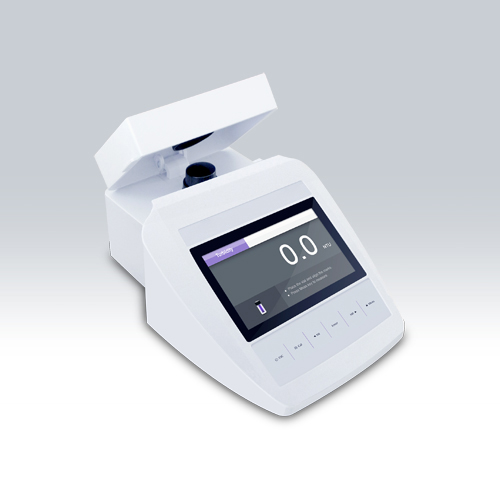A turbidimeter (also called a turbidity meter) is a water quality monitoring device used to quantify the amount of suspended solids or dissolved particles in the water. This is achieved by measuring how light is dispersed as it passes through water. The greater the turbidity of the water, the greater the degree of light dispersion, and the turbidimeter will signal a higher reading.
The turbidity of a water is a measure of its transparency and is an important factor when a treatment is carried out. Some basic standards for extracting information from turbidity analysis are important to ensure that water is not more toxic than it should be and that treatment processes are adequate. These standards allow researchers to understand turbidity levels in a water body and the relationship with other parameters.
Water Turbidity Analysis
One of the major concerns when conducting a water turbidity analysis is the safety of the maximum allowed limit. The World Health Organization (WHO) has established standards to assess the health status in relation to the turbidity of a water sample, establishing the limits that should not be exceeded to ensure a proper treatment.
These standards suggest that if a water sample has a turbidity greater than 5 NTU (TURBID NEPHELOMETRIC UNITS), then it would be considered a health risk. Whereas if turbidity is below 5 NTU, then it would be considered as a safe water for drinking use.
Turbidity tests must be conducted carefully to ensure accurate results. The density ratio of the water sample is an important factor to consider during the test. The water should be well mixed and the primary particle (the largest unit) used for measurement should be free of impurities before testing. This is important to ensure that results are not biased. The equipment must be calibrated and procedures related to water sampling strictly regulated to produce accurate results.
Treatment Methods
Water treatment methods vary depending on water quality parameters. Treatment systems may contain several processes to remove haze. A common method is mechanical filtration. This involves passing water through successive layers of filters with different pore sizes to identify and remove particles. A more advanced method is the reverse osmosis filtration membrane. This is a technologically advanced solution commonly used to remove microscopic particles from water.
In this sense, through the use of the turbidity meter, the turbidimeter data processing provides continuous information on water quality. This information may be recorded for control, documentation or auditing purposes. Data records can be displayed in a variety of ways that allow a visual comparison between different readings, allowing you to more accurately replicate and interpret the results. The turbidimeter information can also be used to monitor and control water treatment processes in real time.
In short, a turbidimeter (turbidity meter) is a water quality measuring device that measures the turbidity level of water by measuring how light is dispersed as it passes through water. This information can be used to monitor and control water treatment processes in real time.
Turbidity Meter Brand Kalstein
We at Kalstein offer you the best equipment for any medical sector. We have available Turbidity Meters belonging to the YR series, where the same account has multiple attractive features, such as: Menu that allows setting the date and time, measurement mode, resolution, automatic feeding, etc. Password protection prevents unauthorized calibration and configuration.
In addition, it has many other functions that can be appreciated from our website HERE We are manufacturers and we distinguish ourselves in the market by providing integral solutions for any industrial sector, and for this we offer the best advice so that your purchase is the ideal and at favorable prices. Visit HERE

